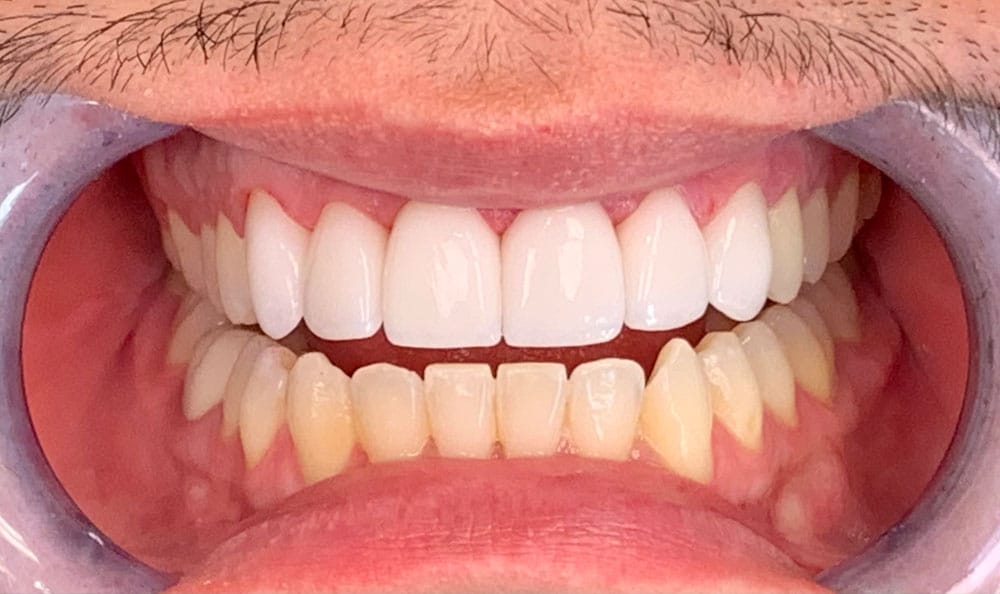How Do Dental Fillings Work To Repair Cavities Or Damaged Teeth?
Dental health is a crucial aspect of overall well-being, and maintaining it involves addressing issues like cavities and damaged teeth. One of the most common and effective treatments for these concerns is dental filling. In this comprehensive guide, we will delve into the intricate details of how dental fillings work to repair cavities and restore teeth to their optimal condition.
Understanding the Basics of Dental Fillings:
Dental fillings serve as a remarkable solution for treating cavities, which are essentially decayed areas in the teeth caused by bacteria. These fillings are materials used by dentists to fill the void left by the removal of decayed tooth structure, preventing further damage and restoring the tooth's functionality.
Composition of Dental Fillings:
Dental fillings come in various materials, each with its unique set of advantages. Common types include amalgam, composite resin, porcelain, and gold. Amalgam fillings, made from a combination of metals, have been in use for over a century due to their durability. Composite resin, on the other hand, offers a more aesthetically pleasing option as it matches the natural color of the teeth.

The Dental Filling Procedure:
When you visit a dentist office near you for a dental filling, the process typically involves several steps. First, the dentist numbs the affected area using a local anesthetic to ensure a pain-free experience. Once the area is numb, the dentist removes the decayed portion of the tooth using a drill or laser.
After the decay is removed, the dentist cleans the cavity thoroughly to eliminate any remaining debris or bacteria. The next step involves placing the chosen filling material into the cleaned-out area. The dentist then shapes and polishes the filling to ensure a comfortable fit and a natural appearance.
How Dental Fillings Work to Repair Cavities:
Dental fillings play a vital role in the restoration of cavities and damaged teeth. The primary function of a dental filling is to replace the lost tooth structure and provide strength and support to the affected tooth. By filling the cavity, the dentist prevents further decay and deterioration, ultimately saving the tooth from potential extraction.
Dental fillings also contribute to maintaining proper oral function. Cavities can compromise the integrity of a tooth, affecting biting and chewing abilities. The filling acts as a sturdy replacement, enabling the tooth to resume its normal functions without discomfort or pain.
Furthermore, dental fillings serve as a protective barrier against future decay. The materials used in fillings are resistant to bacterial invasion, helping to shield the tooth from additional damage. This preventative aspect is crucial in ensuring the longevity of the tooth and preserving overall oral health.

Types of Dental Fillings and Their Mechanisms:
Amalgam Fillings:
Amalgam fillings are composed of a mixture of metals, including silver, tin, copper, and mercury. The mercury in amalgam fillings binds the other metals together, creating a durable and long-lasting material. Amalgam fillings are known for their strength and resistance to wear, making them suitable for restoring cavities in molars and other high-stress areas.
Composite Resin Fillings:
Composite resin fillings consist of a mixture of plastic and glass particles. These fillings are renowned for their aesthetic appeal, as they can be color-matched to the natural shade of the teeth. The dentist applies the composite resin in layers, using a special light to harden each layer. This process not only restores the tooth's structure but also enhances its appearance.
Porcelain Fillings:
Porcelain fillings, also known as inlays or onlays, are custom-made in a dental laboratory to fit the specific contours of the cavity. These fillings are highly resistant to staining and provide a natural-looking solution. Porcelain fillings are often used for larger cavities or when the damage extends to the chewing surfaces of the teeth.
Gold Fillings:
Gold fillings, although less common today, offer excellent durability and longevity. They are crafted from a mixture of gold and other metals, providing a strong and corrosion-resistant option. Gold fillings are particularly suitable for areas of the mouth where excessive force is applied during chewing.
Choosing the Right Type of Dental Filling:
The choice of dental filling depends on various factors, including the location and size of the cavity, aesthetic preferences, and budget considerations. During your visit to a dentist office near you, the dentist will assess your individual needs and recommend the most suitable type of filling for your situation.
Maintaining Dental Fillings for Long-Term Success:
While dental fillings are durable and designed to withstand the rigors of daily oral function, proper maintenance is crucial for their long-term success. Adopting a robust oral hygiene routine, including regular brushing, flossing, and dental check-ups, helps prevent future cavities and ensures the longevity of the fillings.
Conclusion:
Dental fillings stand as a testament to the advancements in dentistry, offering an effective and versatile solution for repairing cavities and restoring damaged teeth. Whether you opt for the strength of amalgam, the aesthetics of composite resin, the natural look of porcelain, or the durability of gold, dental fillings play a pivotal role in preserving your oral health.
If you find yourself searching for a "dentist office near me," consider scheduling a consultation to address any concerns regarding cavities or damaged teeth. The expertise of a qualified dentist combined with the effectiveness of dental fillings can help you achieve a healthy, confident smile that lasts a lifetime.
Comments
Post a Comment